
Bee and wasp stings can be very painful, and there is not much of a difference between the two. The best way to recognize which is which is to know that a wasp is usually much more aggressive than a bee.
Bees are vegetarians and they only feeding their young nectar. They are also not very aggressive. If a person does not bother a bumblebee or a honeybee the chances are that it will ignore the person as well.
Unless there is honey on the table then they might get more annoying.
Wasps, which are also referred to as hornets can be more aggressive and do not only feed their young nectar but also other insects.
A honeybee can look a lot like a yellowjacket wasp, the difference is that the wasp will be much more hostile.
When a person is stung by a bee or wasp it will definitely hurt but the pain will be localized to the area of the sting. One sting might not be so bad, but multiple stings could cause problems. When a person is stung by many bees or wasps at the same time the stings can cause symptoms such as fevers, headaches, muscle cramps and drowsiness.
The stings can also be life-threatening if a person is allergic to the venom that is contained in the sting.
A good way to tell if a person is having an allergic reaction is if they are vomiting, swelling excessively or havimg trouble breathing. In the most severe cases a person can turn blue in the face starts choking and become unconscious.
If a person that is allergic or very sensitive to a sting and is stung by several bees or wasps at the same time emergency help needs to be called for immediately.
Treatment is usually the same for both bee and wasp stings.
It is important not to try and remove the stinger that the insect implanted into the skin. Putting pressure on the stinger will make it inject even more venom into the skin. Make sure not to press on it and if it does not fall out by itself the best way to get rid of it is to use a toothpick or long fingernail to scoop it out of the skin.
It is important to wash the infected area directly after the sting with cold water and to apply an ice compress to it which will slow the pain and the body’s venom absorption.
It is important to wrap ice in a towel and not to apply it directly to the skin.
Aspirin or ibuprofen can be used to relieve the pain as well.
If it is a case of many stings, then the entire area needs to be soaked in cool water. The best thing to do is to get into a tub full of cool water and then add a table spoon of baking soda for each quart of water in the tub.
It is very important to reiterate that if the person is allergic they should be taken to the hospital immediately and if that is not possible emergency medical services should be called to come and assist the sting victim.



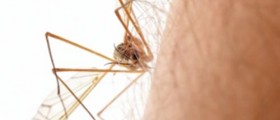

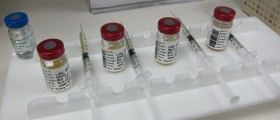
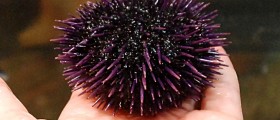
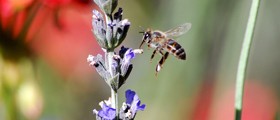



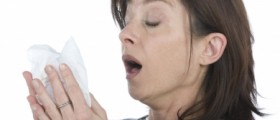





Your thoughts on this
Loading...